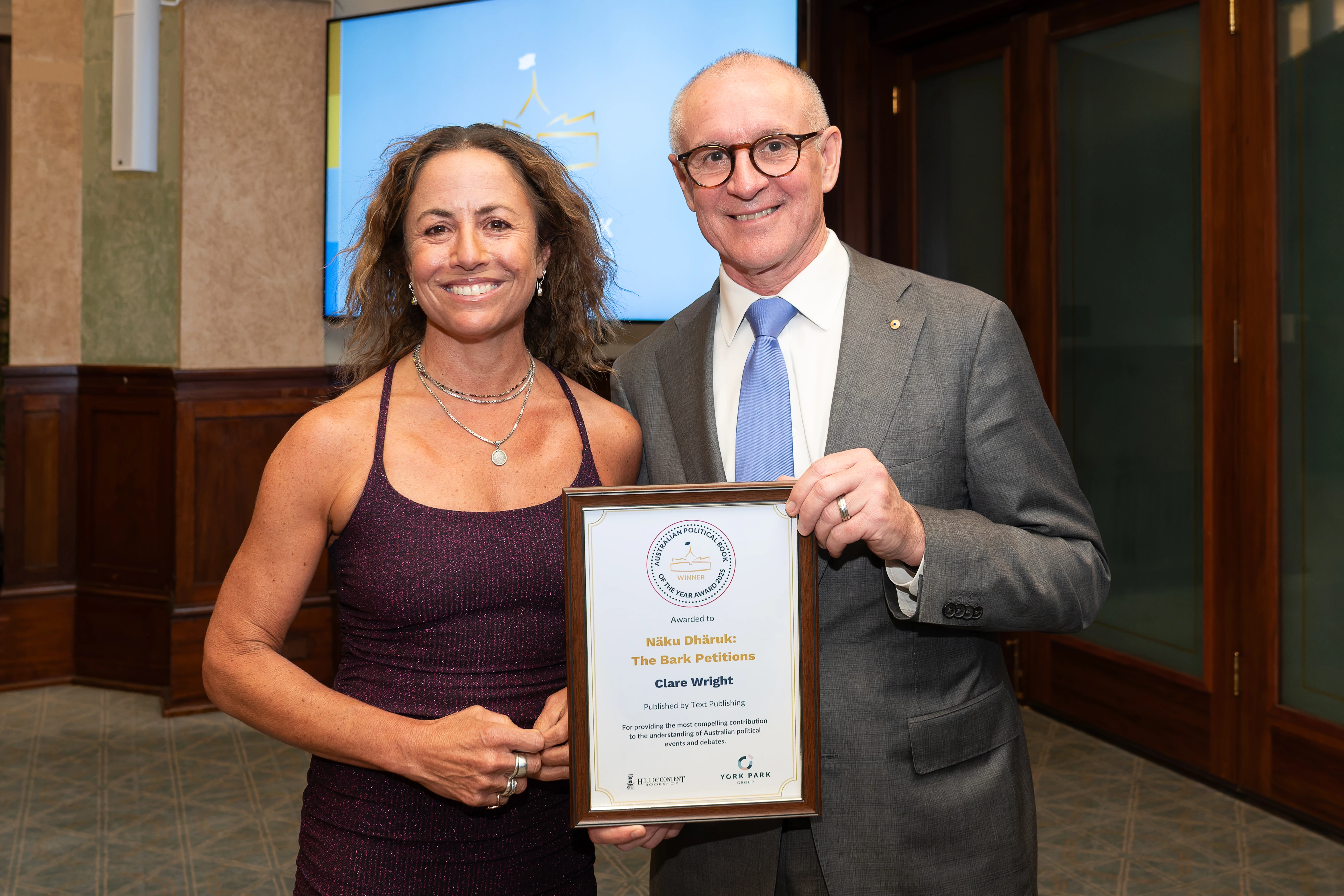At a crossroads: Challenges facing Australia’s higher education sector
21
August
2025
1
min read

Once characterised by steady growth and global competitiveness, universities now face an unstable landscape. As our third largest export, it is crucial that Australia safeguards its long-term sustainability.
Key Facts
- Debt across 30 (of our 37) public universities has risen 44 per cent since 2019, reaching $10.5 billion.
- Cash reserves have dropped 41 per cent since 2021, from $6.8 billion to $4 billion.
- Higher education is Australia’s third largest export sector, contributing over $40 billion to the national economy.
- International students in higher education make up 1.5 per cent of Australia’s population, a globally unmatched figure.
- In 2018, Australia’s public investment in tertiary education was 0.65 per cent of GDP, compared to the OECD average of 0.99 per cent, ranking us 31 out of 37 OECD countries in terms of public investment.
Policy and Political Landscape
Higher education is a highly regulated and, at times, highly politicised sector.
To understand the factors that have resulted in significant challenges for universities today, York Park Group has analysed various reports, government announcements and media commentary to summarise the current policy and political landscape.
Australia Universities Accord
In November 2022, the Australian Government commissioned the Australian Universities Accord, the broadest review of the higher education sector in 15 years. In 2024, Minister for Education Jason Clare MP released the final report which included the goal for 80 per cent of Australians to receive a university education by 2050.
The centrepiece of the proposed reforms from the Accord was the establishment of the Australian Tertiary Education Commission (ATEC). Its purpose is to promote a more planned approach to higher education provision.
ATEC has been tasked with finalising new funding models, including a "managed growth" funding mechanism and compact agreements. This "managed growth" model, anticipated to be fully operational from 2027, will introduce a degree of central control over the size and shape of university provision. This reorientation inherently limits traditional avenues for revenue expansion, primarily increasing international and domestic enrolments.
Visa Policies
Another major policy to emerge in 2024 was visa processing changes for international students. After decades of government support for the international education market, the Federal Government determined at the end of 2023 that international student numbers coming to Australia needed to be reduced.
- Ministerial Direction 107 (MD107): Issued in December 2023, MD107 introduced a prioritisation system for international student visa processing. This system favoured "low risk" universities by moving them to the front of the queue, while "higher risk" institutions were relegated to the back. One of the reasons for this direction was to stop people using ‘ghost institutions’ as a way to migrate to Australia – that is, providers that enrol international students but deliver little or no genuine teaching, instead serving primarily as a pathway for migration.
- Ministerial Direction 111 (MD111): In 2024, MD107 was superseded by MD111, which introduced numeric caps for institutions. Under MD111, visa processing slows once a university's approvals reach 80 per cent of its notional cap. While this system is intended to prevent a few large universities or lower-tier colleges from dominating, it is projected to yield highly varied outcomes across the sector in 2025.
- Successor to MD111: In August 2025, a further direction was announced, increasing the national limit on international student numbers by 25,000 for 2026; raising the overall number to 295,000. Universities that have already reached their cap can apply for an increased allocation if they demonstrate progress on two government priorities: engagement with Southeast Asia and the provision of student accommodation.

Challenges
1. Financial Sustainability
Despite a 14 per cent increase in total revenue in FY2024 (with international students contributing 23 per cent of this growth), Australian universities face mounting underlying financial pressures.
This situation presents a paradox: a short-term gain masking long-term structural strain.
The apparent financial health in 2024 was primarily driven by a surge in international student revenue, a source that is now explicitly capped and subject to increasing government control.
KordaMentha’s latest report says 30 of the country’s 37 public universities have combined debts of more than $10 billion – up by 44 per cent over six years – and that last year’s reforms will make it more difficult for them to pay what they owe.
University costs are rising eight per cent annually, nearly four times the current rate of inflation; they face serious challenges in ensuring their long-term financial sustainability.
2. AI’s Impact on the Value of Higher Education
A UK Report by Adzuna found that vacancies for graduate roles, apprenticeships, internships, and junior positions without degree requirements have dropped by 32 per cent since the launch of ChatGPT in November 2022.
This decline is partly attributable to AI's capacity to automate tasks traditionally performed by entry-level employees, particularly in administrative functions, data entry, and client support.
This creates a potential change to the value of university graduates and in-turn universities. How will universities show that they still create value?
The future of university education will involve not just teaching about AI, but teaching with AI, and preparing graduates to work alongside AI. This necessitates significant investment in faculty development, curriculum redesign, and technological infrastructure, shifting the focus from rote learning to critical thinking, ethical reasoning, and complex problem-solving in an AI-augmented world.
3. International Students and Geopolitical Tensions
The Government's decision to slow visa processing and introduce numeric caps (MD111) has had immediate financial impacts. English Language Intensive Courses for Overseas Students (ELICOS) commencements – a key indicator of the future student pipeline – plunged by almost 50 per cent in early 2025.
New student enrolments were capped at 270,000 in 2025, a significant decrease from the 561,000 international students who commenced education a year prior.
Australia is also now the most expensive destination for a student visa in the world. As of July 2025, a student visa now costs $2,000.
China and India represent our largest international student markets, at 23 per cent and 17 per cent respectively. Australia’s reliance on a narrow band of source countries adds significant vulnerability to external shocks (hence why the Australian Government currently has a strong focus on the entirety of Southeast Asia).
This was starkly illustrated in 2020 when Chinese President Xi Jinping urged students not to study in Australia, citing racism and safety concerns amid deteriorating diplomatic ties. While the effects of this statement were difficult to quantify due to the COVID-19 pandemic, the real possibility of almost a quarter of our international student population being wiped is a significant risk and threat to universities.
Conclusion
Australia’s universities underpin far more than academic achievement. They contribute over $40 billion a year to the economy, generate tens of thousands of skilled jobs, and produce research that drives advancements in health, technology, agriculture, and energy.
International education also strengthens our diplomatic ties, particularly in the Indo-Pacific, and builds people-to-people links that endure for decades.
If universities cannot diversify beyond their dependence on international students, and if government policy continues to oscillate between control and support, the risk is not just financial strain, but the erosion of one of Australia’s few globally competitive industries.
3
December
2025

Why there's still a place for the press release
Read news article
3
December
2025

Why there's still a place for the press release
Download White Paper
27
November
2025
.jpeg)
Celebrating 2025
Read news article
27
November
2025
.jpeg)
Celebrating 2025
Download White Paper






